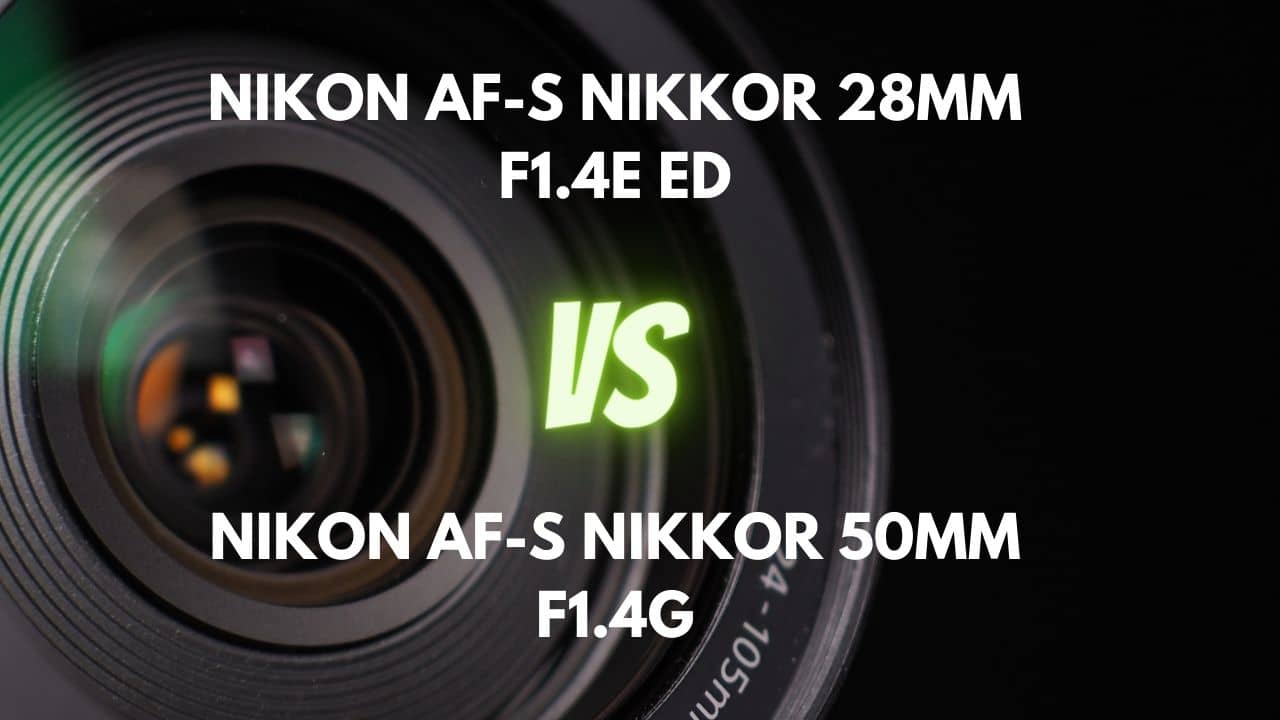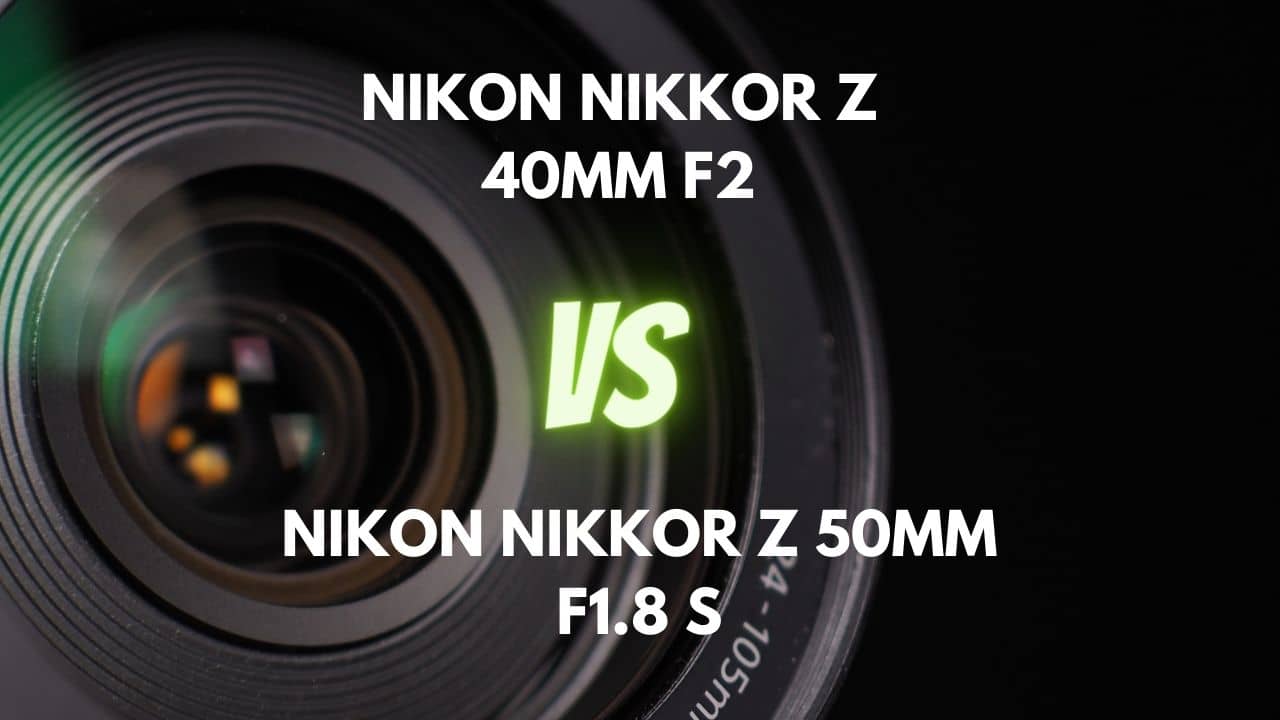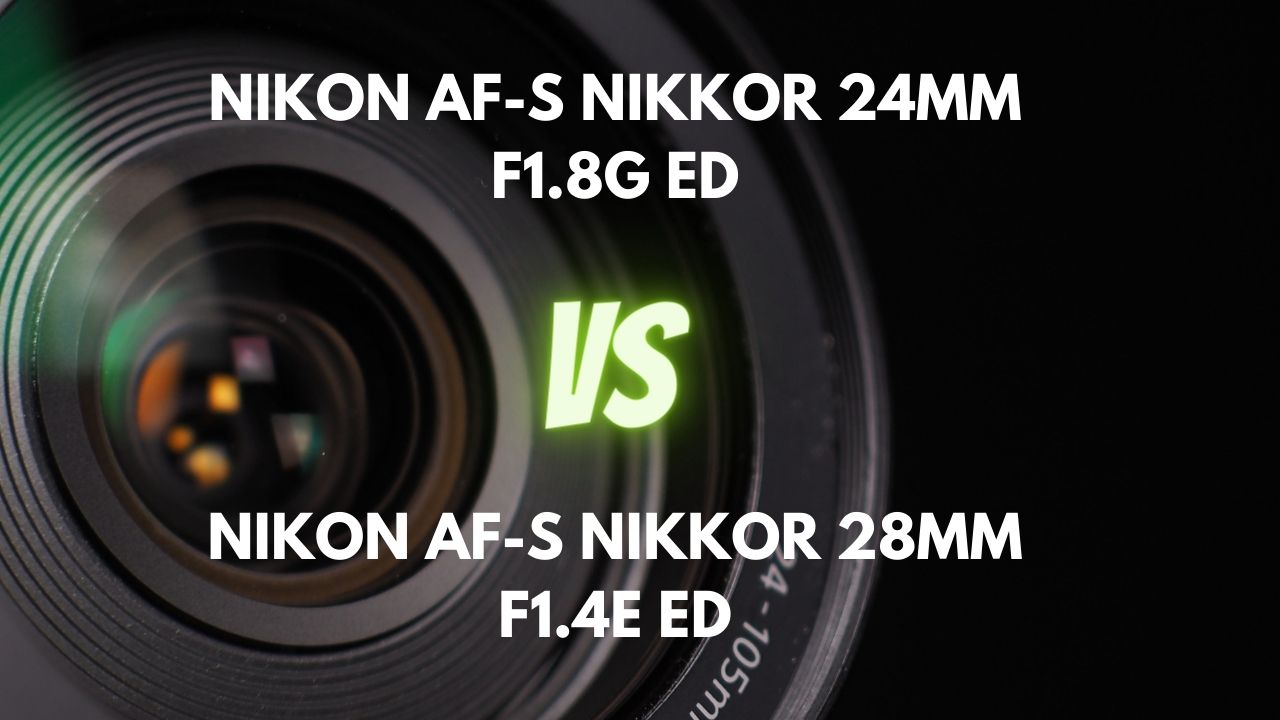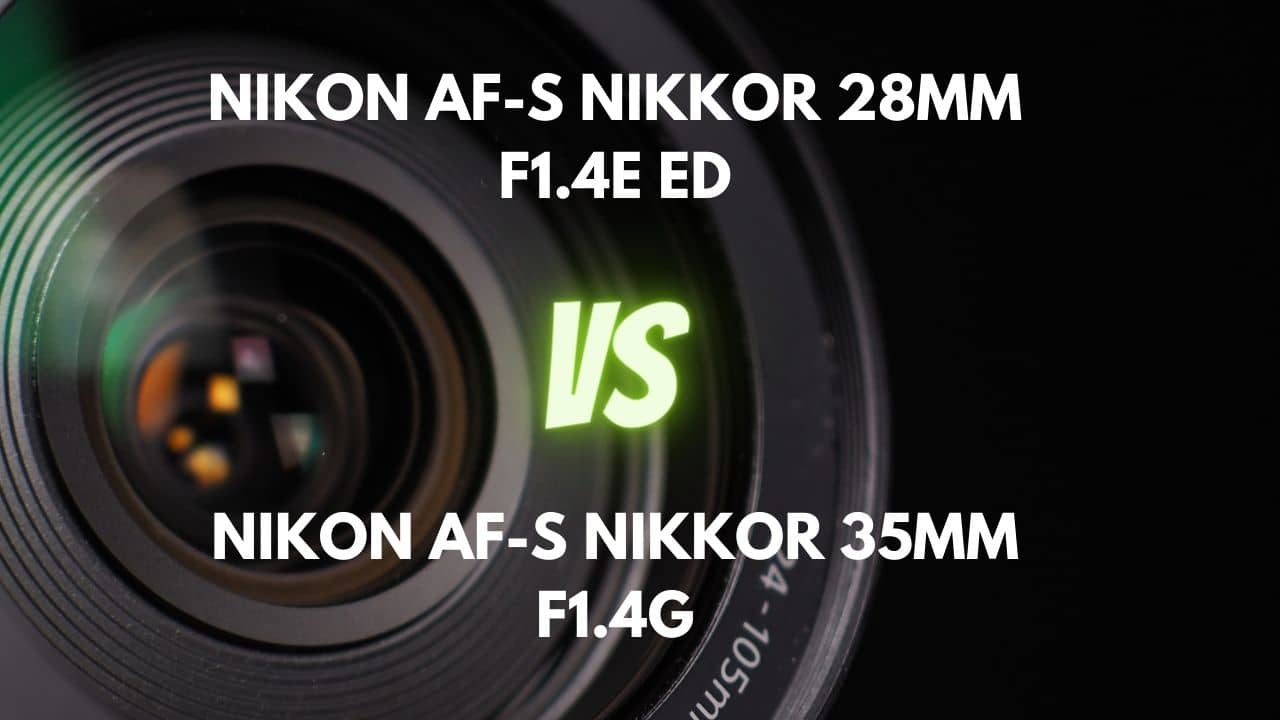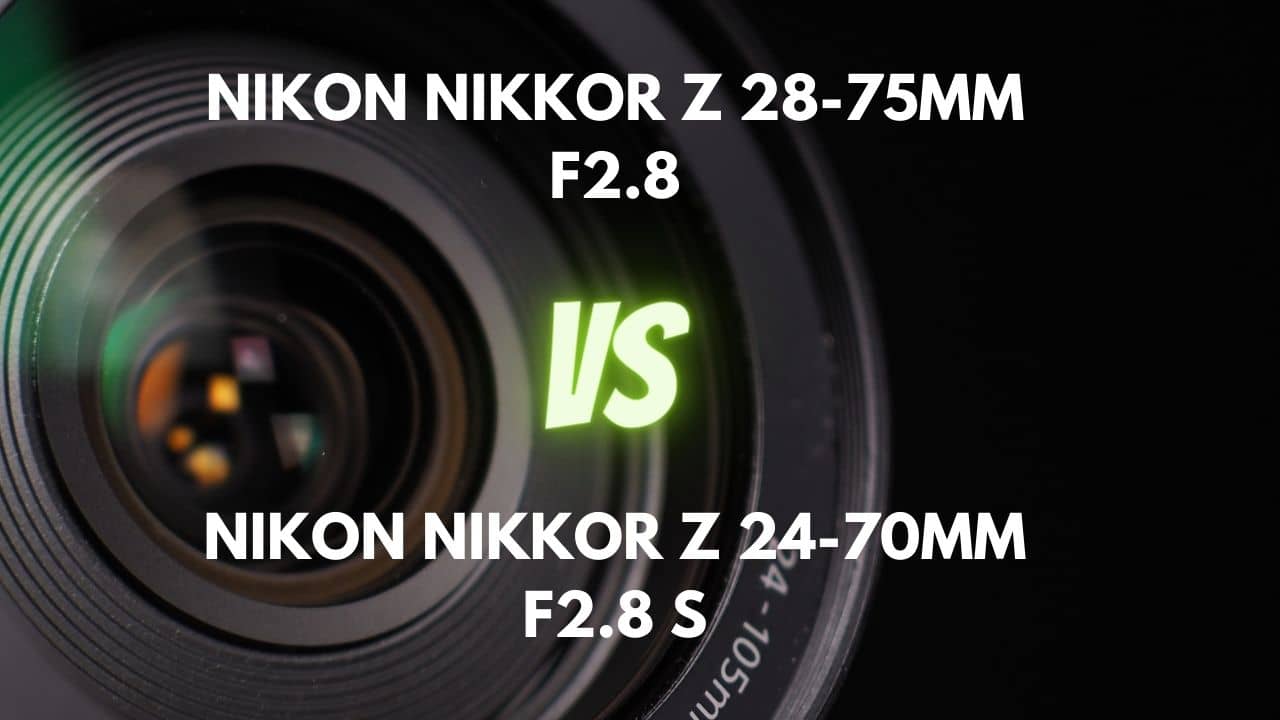Are you looking for a way to bring your portrait photographs to life?
With the help of a macro lens, you can open up a whole new world of photographic possibilities – from achieving incredible close-up shots to creating stunning, vibrant bokeh effects.
Discover the advantages and disadvantages of using a macro lens for portraiture and learn how to make the most out of this versatile piece of photography equipment.
Why Use a Macro Lens for Portraits
Ideal Focal Lengths
Generally speaking, when shooting portraits, especially half-body or face close-ups, it’s important to avoid significant barrel distortion caused by lenses with too short focal length.
For 35 mm cameras, the equivalent of over 50 mm is recommended to prevent lens barrel distortion.
Professional portrait photographers often use 85mm f/1.4 or 135mm f/2 lenses to achieve the desired effect.
Macro lenses in the 60-100 mm focal length range are also ideal for portrait photography.
Macro Lenses Are Sharp
Macro lenses are designed to provide extremely sharp images with little distortion or chromatic aberrations.
The optimized optics and flat field design make it easy to focus precisely on the subject, resulting in images with sharp details and excellent color reproduction.
Additionally, the unique glass elements included in some macro lenses, such as fluorite and ELD glass, further improve the sharpness and accuracy of the image.
With a macro lens, you can capture beautiful details like the eyes, facial expressions, and hair, creating dynamic and stunning images.
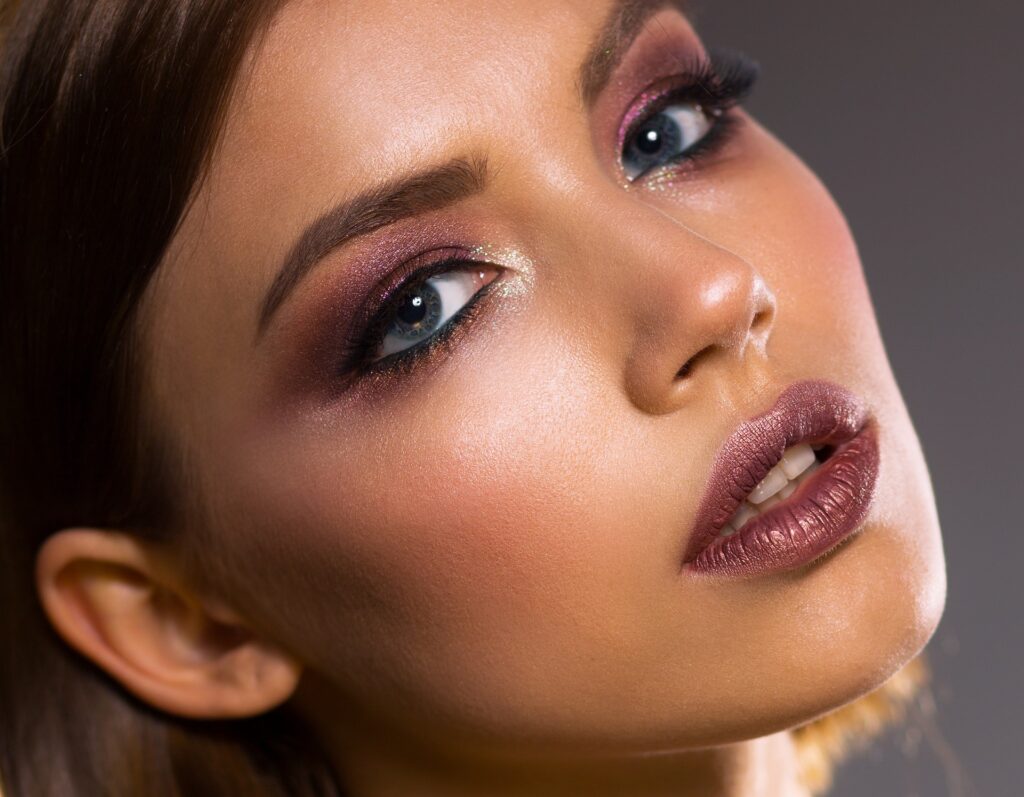
Decent Bokeh Effect
Macro lenses offer incredible detail and clarity, allowing photographers to capture their subjects in extreme detail.
Macro lenses also have a wide range of aperture settings – typically starting from f/2.8- allowing you to create stunning out-of-focus backgrounds with smooth bokeh.
With the right combination of aperture, distance, and background, you can create professional-looking portraits with beautiful bokeh – even in low-light settings.
Macro lenses are great for creating portrait images with a dreamy, romantic feel, as the shallow depth of field produced by a macro lens gives you that ethereal, creamy bokeh in the background.
So if you’re looking to create dramatic portraits or experiment with texture and light, a macro lens is an excellent choice!
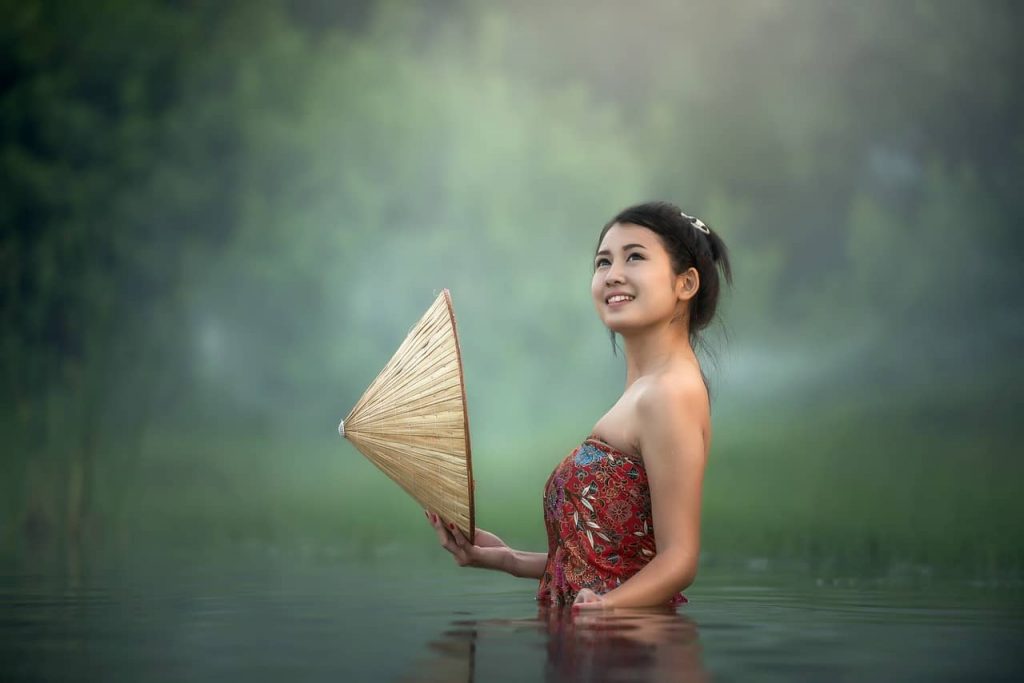
Great for Close-Up Portraits
Macro lenses are an excellent choice for close-up portraits, as they provide a much closer focus and higher resolution than regular lenses.
Magnifying the subject to a 1:1 ratio can help capture the intricate details of your subject’s features such as eyes, hair, and mouth, with incredible clarity, resulting in a powerful and detailed photograph.
Creative techniques such as makeup and face paint can also be used to enhance the portrait further and make your model stand out.
When taking portrait shots with a macro lens, it is important to manually select the autofocus point to ensure the shot is perfectly focused on the right area.
Additionally, half-face shots can be very effective, allowing you to emphasize certain features and details for more impactful portraits.
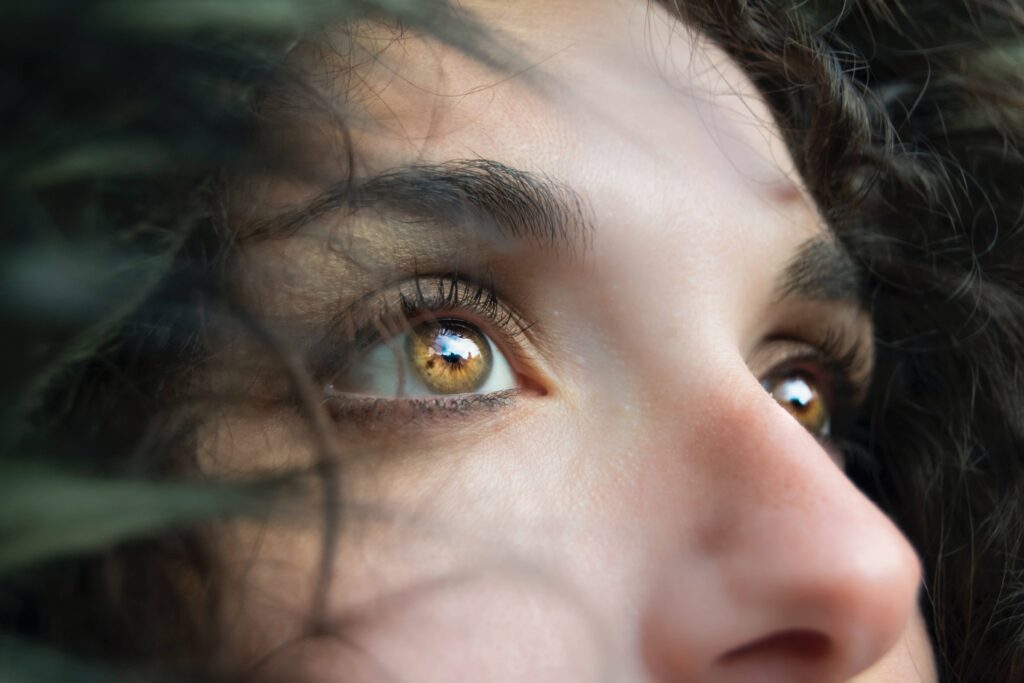
The Drawbacks Compared to Specialized Portrait Lenses
Unfortunately, macro lenses come with a few drawbacks that must be considered when considering whether these lenses are the right choice for portrait photography.
Less Creamier Bokeh
Achieving bokeh in your portraits is easy with an f/2.8 aperture, but if you want to create a more dramatic effect, you can opt for wider apertures like f/2, f/1.8, or f/1.4.
Bokeh-lovers might prefer a dedicated portrait lens such as 85mm f/1.4, which will provide a beautifully isolated subject – keep in mind that one eye may not be in focus if it moves away from the centimeter focal plane at f/1.4.
Weaker for Low Light Portraits
I’m passionate about creating stunning, vivid portraits in low-light settings – especially indoors or near the magical hues of the setting sun.
When capturing images in low light, you need to be mindful of your camera settings; the balance of the highest ISO that produces acceptable noise, the widest aperture your lens allows, and a fast shutter speed. Finding the perfect balance of these can be tricky, especially if you’re not an experienced photographer in this field.
Fortunately, most cameras nowadays are able to capture low-noise images even when in a high ISO setting.
But what matters here is selecting the right lens for the job.
The wider the aperture, the more light passes through the lens in a given time.
The shutter speed is also paramount in portrait photography – too low, and you risk capturing motion blur. However, if done tastefully, it can add a dramatic artistic touch to the picture.
Sometimes you may find that a macro lens isn’t fast enough for portrait photography in low-light situations. In those cases, a dedicated portrait lens with a larger aperture is ideal. It allows you to select a faster shutter speed and lower ISO setting, resulting in higher image quality.
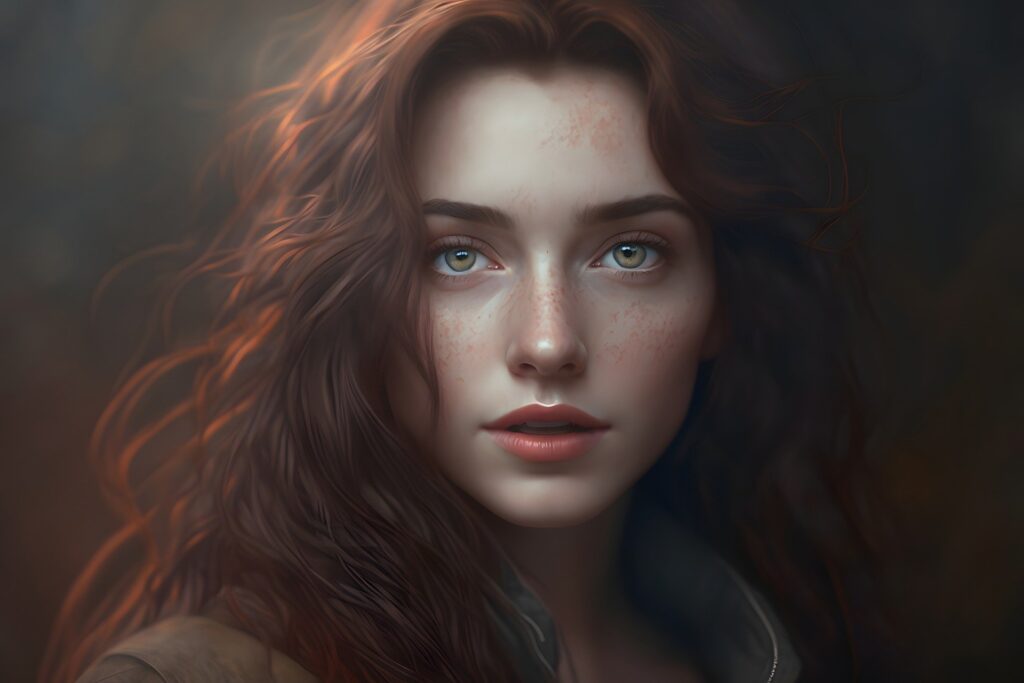
More Expensive
Macro lenses are typically more expensive than other prime lenses with similar specs because they require additional design considerations to be able to focus close.
They often have more glass elements, which adds extra weight and cost.
Additionally, macro lenses have a more complex focusing mechanism that enables them to focus from very close distances to infinity. This makes them more versatile and allows for greater image quality when taking macro photographs.
Excessive Sharpness
Shooting portraits with a macro lens can create beautiful soft colors and bokeh, but compared with an 85mm portrait lens, portrait photos taken with a macro lens will be much sharper.
You may spend extra time in photoshop to make sure that you have a flattering result.
Suppose you’re photographing somebody with exquisite facial features or professional makeup. In that case, the detail will bring out the beauty of the photo, setting it apart from portraits taken with a standard lens.
Macro lenses tend to be incredibly sharp at their closest focusing points, so it may be necessary to diffuse the image at the time of capture or afterwards for the desired effect.
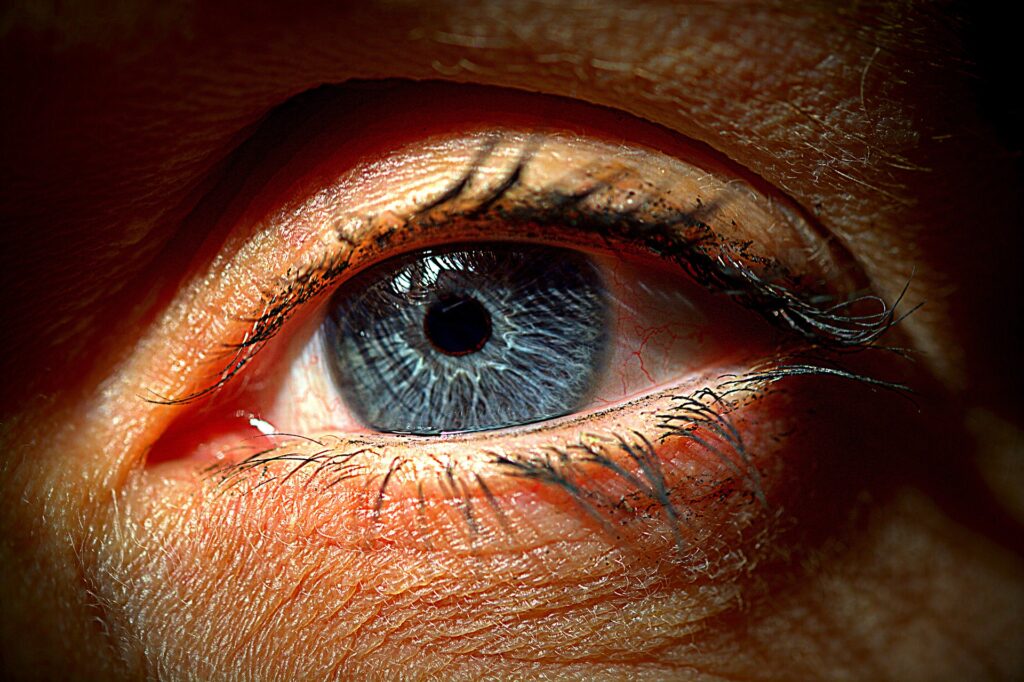
A Little Too Far from the Subject
One of the most significant downsides I’ve encountered while shooting with a macro lens for portraits is that you can’t get close to your subject if capturing three-quarters-length or full-length portraits.
For me, this is especially important as I need to establish a good connection with my model – speaking loudly from afar has been tricky!
Although it hasn’t stopped me from using this lens, I do find that an 85mm lens is easier to work with given that it allows for more intimacy.
Moreover, macro lenses are not the most optimal choice for full-length shots in small spaces either – if you want to take head-to-toe shots, you’re going to need more room to work.
Summary
Macro lenses provide a vast array of options for portrait photographers. With the right lens, you can capture stunning images with amazing detail, creating unique and remarkable works of art.
However, these lenses also come with certain drawbacks, such as smaller apertures and higher costs, which should be considered before purchase.
No matter what kind of portrait photography you’re looking to do, having a macro lens in your arsenal is an invaluable asset. From traditional headshots to creative close-ups, a macro lens will help you bring your vision to life.


